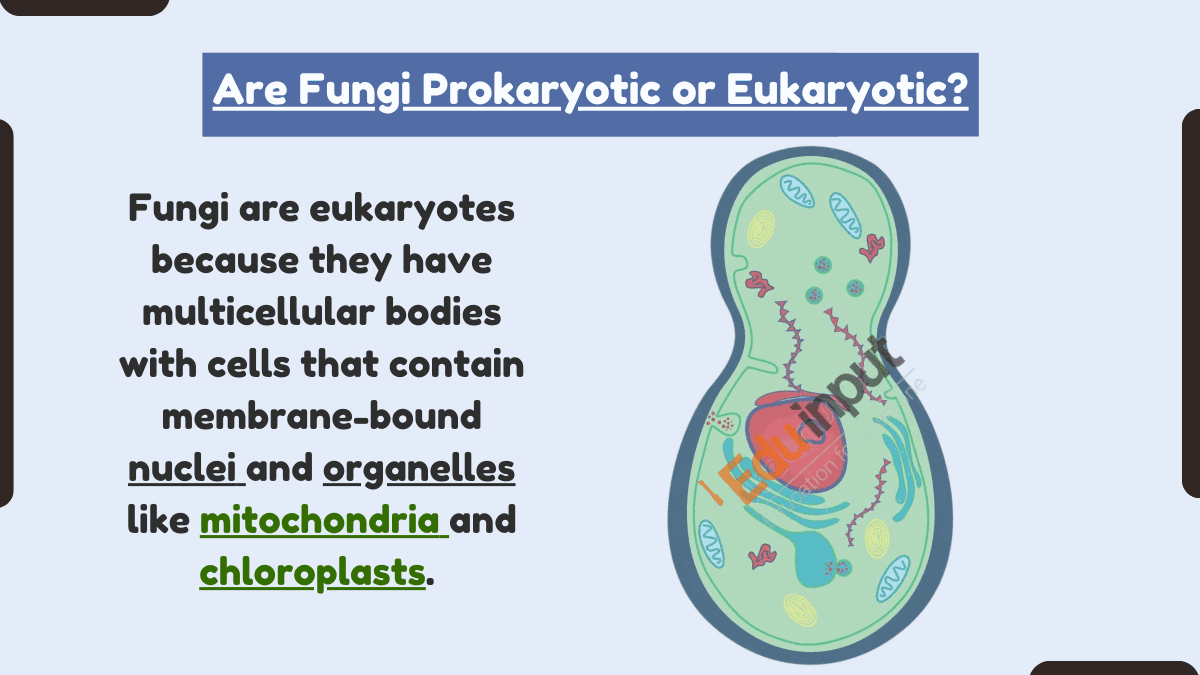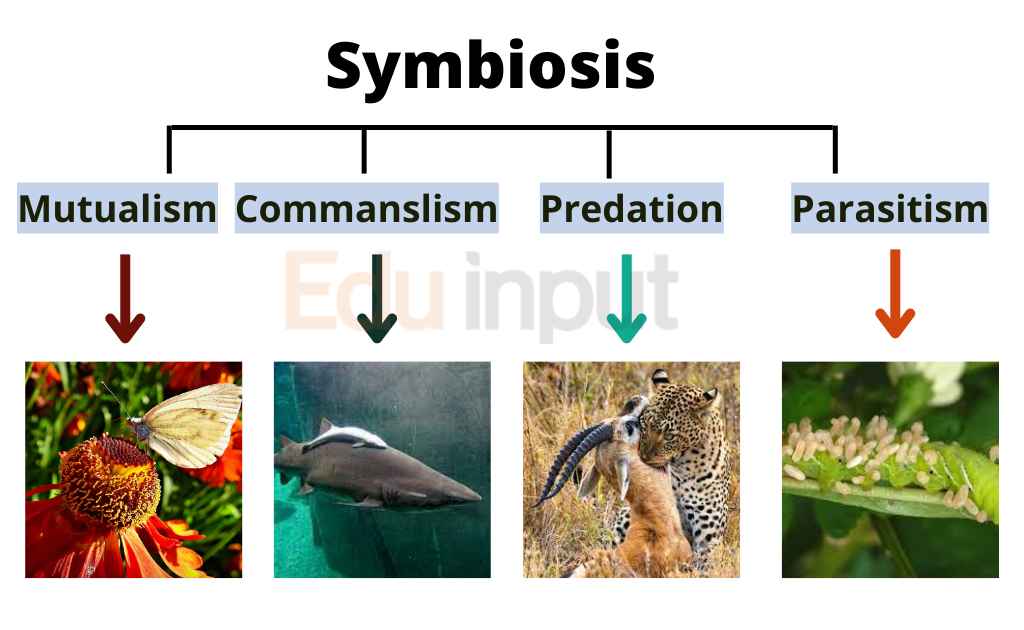Basidiomycota-The Club Fungi (Basidiomycetes)
Basidiomycete fungi are characterized as producing basidia, which are specialized spore-producing cells. Basidia are formed in clusters called basidiocarps. Basidiocarps are either attached directly to the substrate or free-floating. The basidiomycetes are a group of fungi that includes mushrooms, puffballs, stinkhorns, bracket fungi, and earthstars. These organisms have a symbiotic relationship with trees and woody plants. In exchange for their food, they provide the tree with protection from predators and disease.
These organisms have been around since the beginning of time and are some of the oldest forms of life. Their spores are often dispersed by wind or water and may take years to reach their destination. Most basidiomycetes produce fruiting bodies (mushrooms) at maturity.
Most basidiomycetous fungi have a sexual reproductive cycle. In contrast, many ascomycetes (fungi that produce spores) reproduce only using asexual reproduction.
Basidiomycota (Basidiomycetes Or Club – Fungi
These fungi show the following characteristics;
Forms:
These are the most familiar fungi. These fungi include:
- Edible mushrooms
- Dangerous plant pathogens like rust and smut
- Puffballs
- Bracket or shelf fungi
2. Formation Of Basidium:
They produce a club-shaped sexual reproductive structure called basidium (plural basidia). Basidium is their characteristic feature. Therefore, they are named Basidiomycetes. They are also called club fungi due to club shape basidium.
3. Basidiospores:
The nuclei fuse in basidium. Then, meiosis takes place and four haploid sexual basidiospores are formed on the basidium
4. Hyphae:
The hyphae are septate during most of their lives.
5. Phase Of Life:
There are two phases of life;
• During the first phase the cells are uninucleated.
• During the second lengthy phase the cells are binucleate (dikaryotic).
6. Fruiting Body:
They have characteristic fruiting bodies in the form of visible mushrooms The fruiting bodies are formed from dikaryotic mycelium.
7. Examples:
Puccinia is the most common rust fungi and Ustilago species is the most common smut fungi.
The life cycle of Ustilago tritici (loose smut of wheat)
It reproduces through the following cycle;
(A) Germination Of Spores On The Wheat Ear:
The wind carries the spore (teliospore) from the infected wheat ears to the healthy flowers.
These spores germinate on the flowers. Their hyphae penetrate the flower ovaries.
Their mycelium spreads inside the ovary. Then it becomes dormant (inactive). It remains dormant in seed grain.
(B) Formation Of Teliospores
• The infected seeds are sown next season. The dormant hyphae grow within the growing plant. It forms smut spores inside the kernel and destroys it completely.
These fungi produce a black dusty mass of spores called teliospores. Hence these fungi are called smut. It resembles the soot or smut
• The covering of grain breaks and black teliospores are released. These spores are dispersed by wind and affect other healthy plants.

 written by
written by 



Leave a Reply